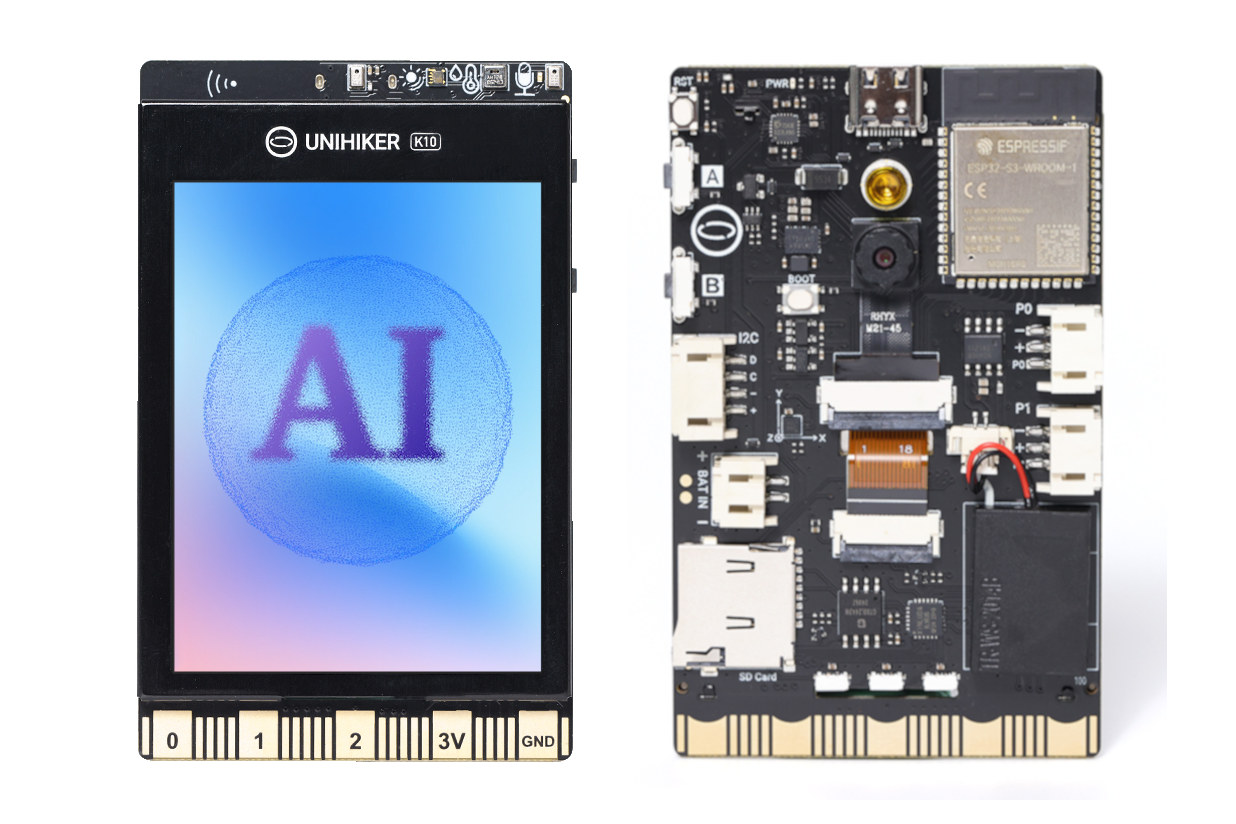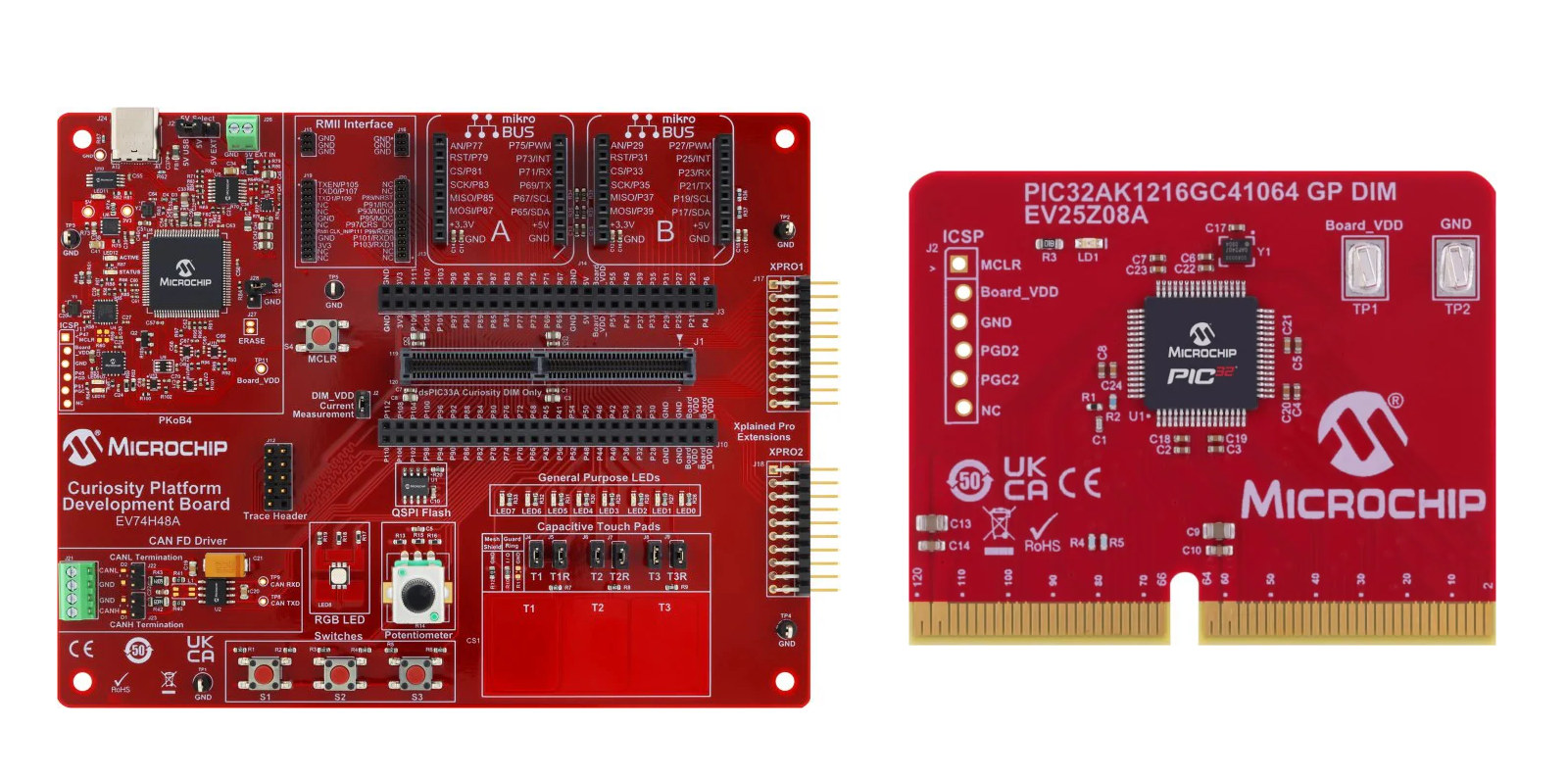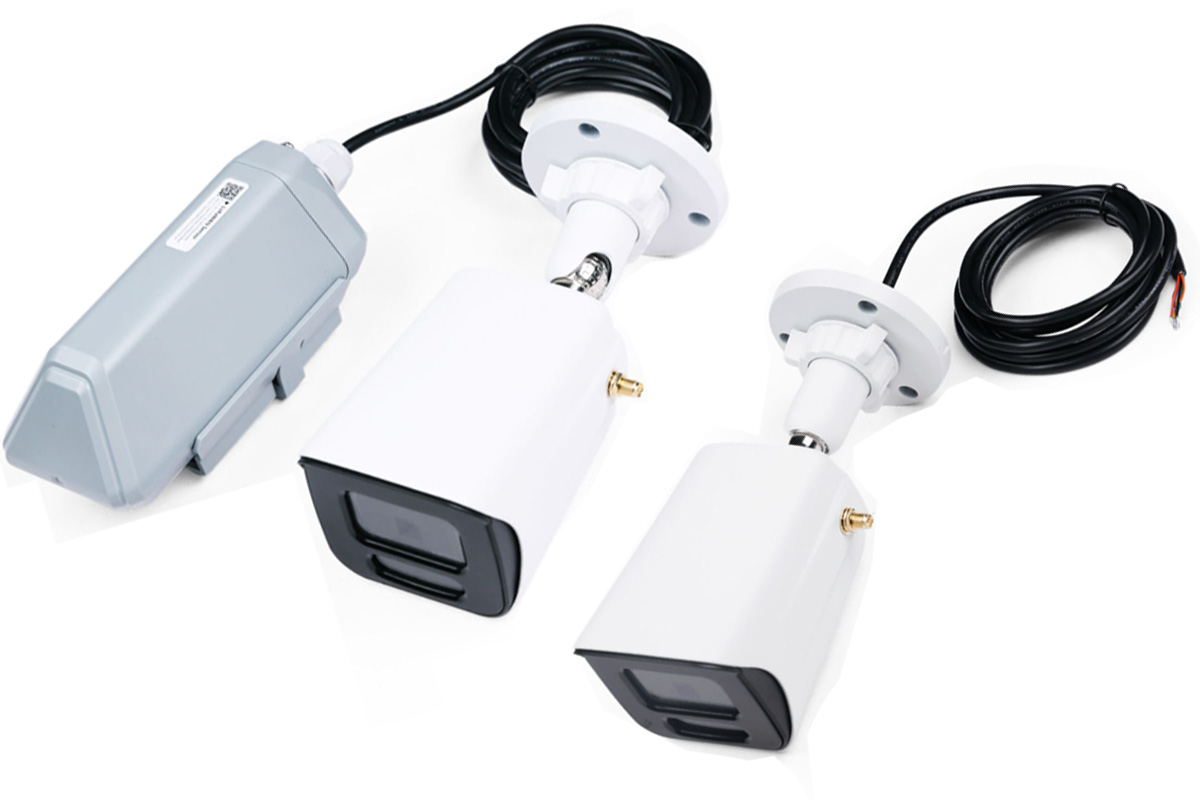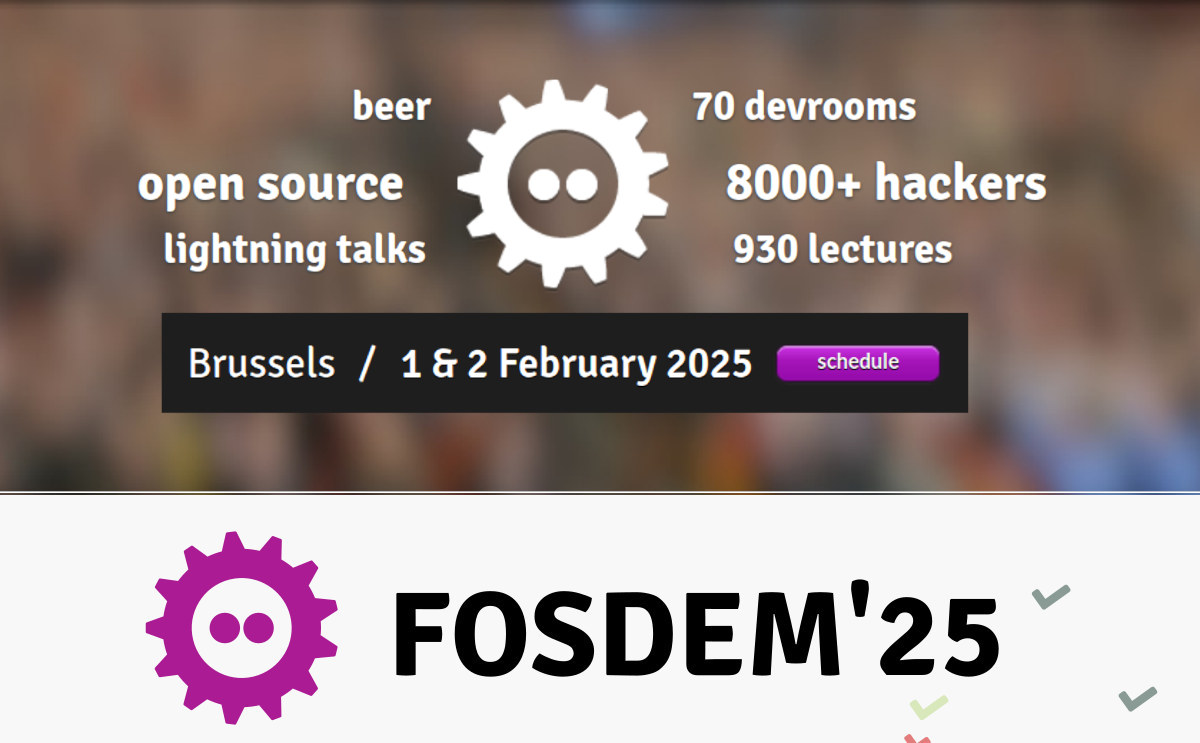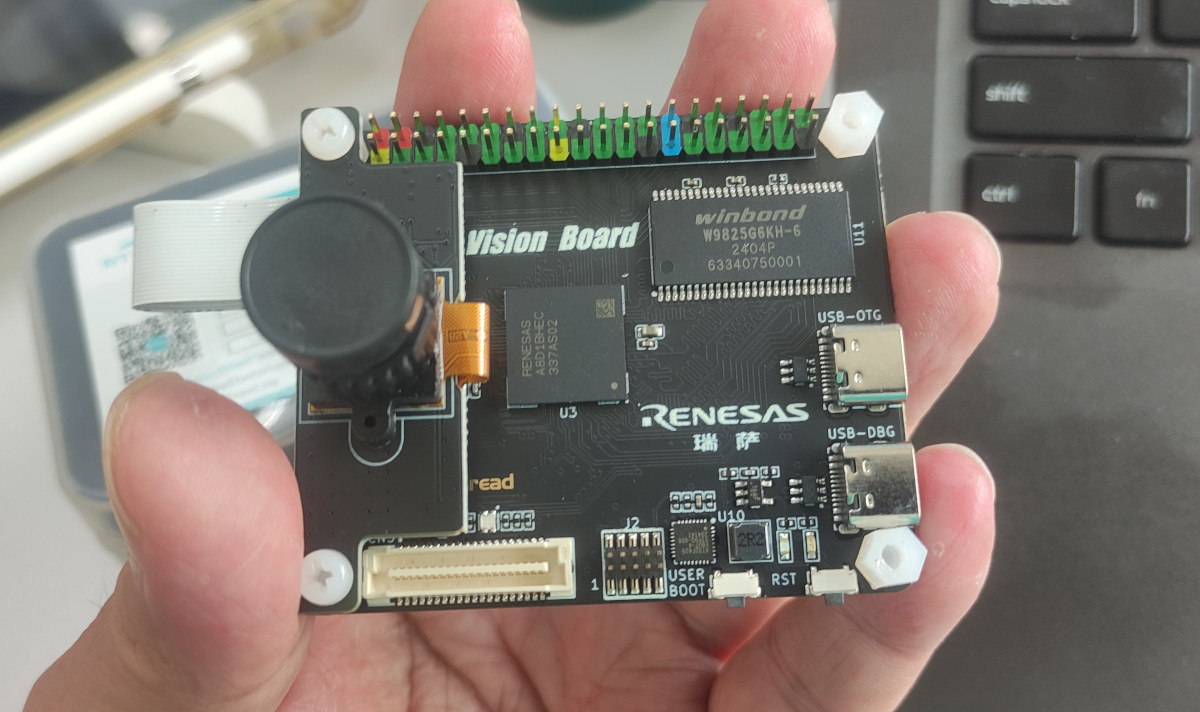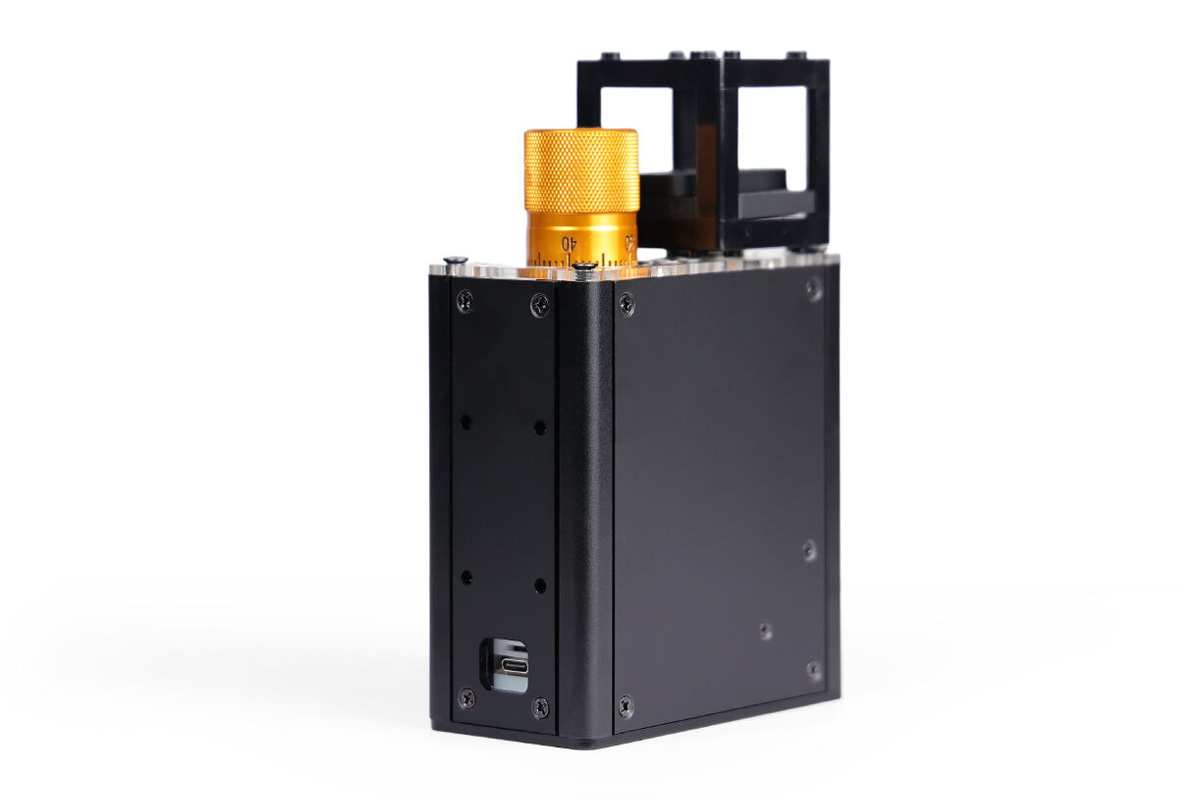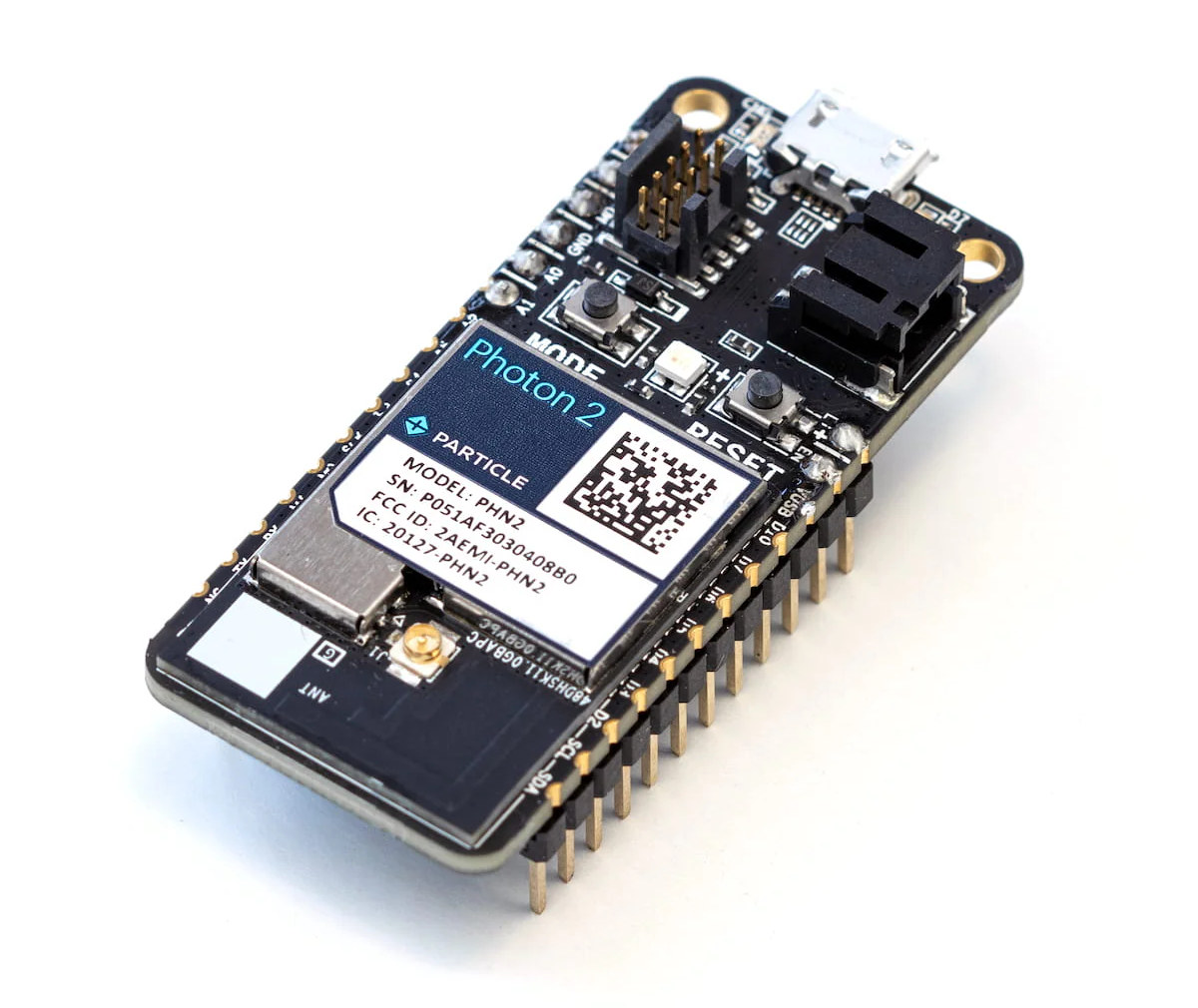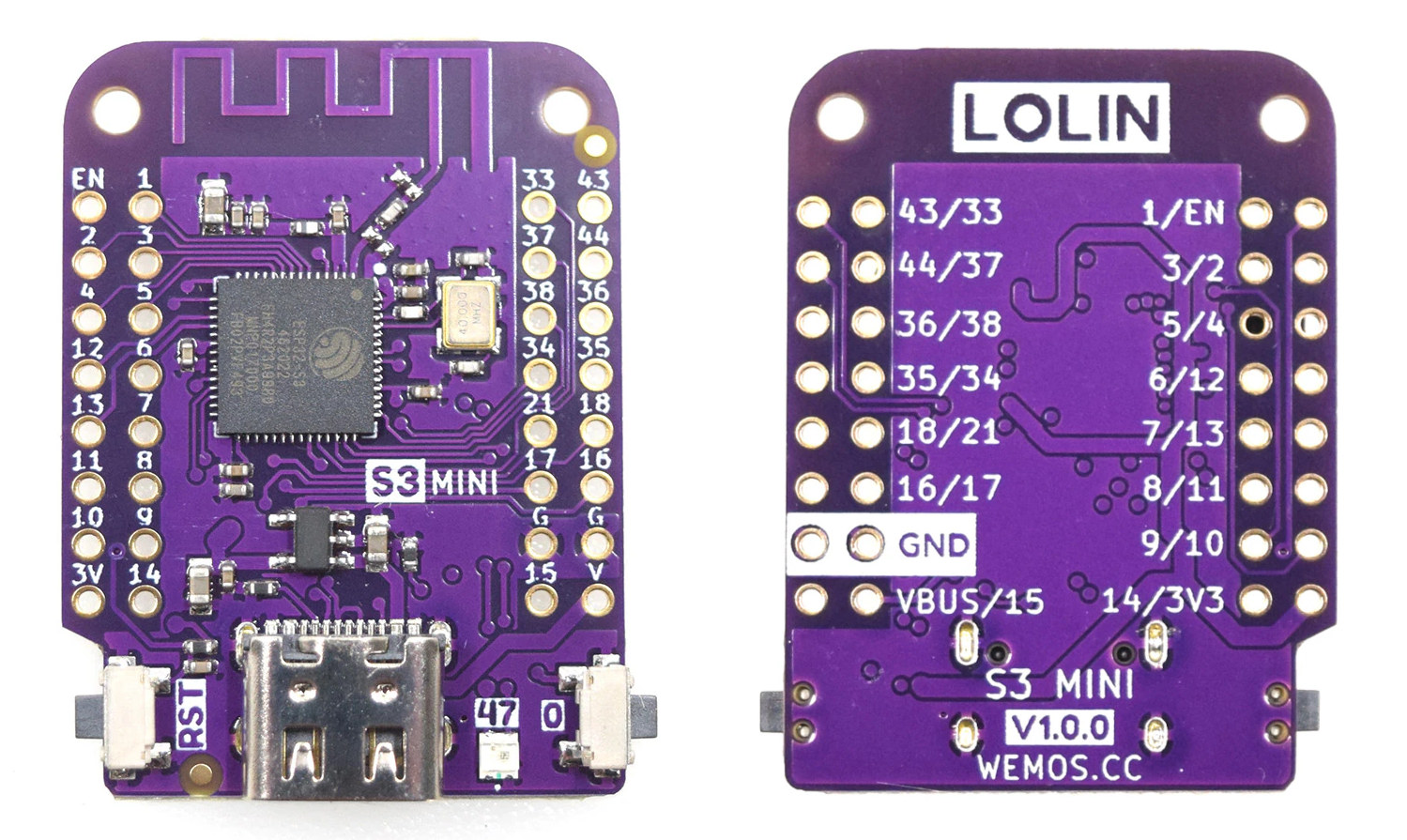UNIHIKER K10 is a low-cost STEM education platform for TinyML applications that leverages the ESP32-S3 wireless microcontroller with vector extensions for workloads such as image detection or voice recognition. The UNIHIKER K10 also features a built-in 2.8-inch color display, a camera, a speaker, a 2-microphone array, a few sensors, a microSD card, and a BBC Micro:bit-like edge connector for power signals and GPIOs. It’s a cost-optimized version of its Linux-based big brother – the UNIHIKER M10 – first unveiled in 2022. Arnon also reviewed the UNIHIKER in 2023, showing how to configure it, use the SIoT platform with MQTT message, and program it with Jupyter Notebook, Python, or Visual Studio Code. Let’s have a closer look at the new ESP32-S3 variant. UNIHIKER K10 specifications: Core module – ESP32-S3-WROOM-1 MCU – ESP32-S3N16R8 dual-core Tensilica LX7 up to 240 MHz with 512KB SRAM, 8MB PSRAM, 16MB flash Wireless – WiFi 4 and […]
Microchip PIC32A is a 32-bit MCU family with high-performance analog peripherals supporting up to 40 Msps
Microchip Technology PIC32A is a new family of 32-bit microcontrollers clocked at up to 200 MHz with high-speed analog peripherals that include up to 40 Msps 12-bit ADCs, high-speed 5 ns comparators and 100 MHz operational amplifiers for smart edge sensing. The PIC32A microcontrollers also feature up to 16KB RAM with ECC, up to 128KB flash, various I/O, and security and safety features that make them suitable for general-purpose applications across automotive, industrial, consumer, Artificial Intelligence (AI), Machine Learning (ML), and medical markets. Microchip PIC32A specifications: MCU core – 32-bit CPU @ up to 200 MHz with 64-bit FPU, instructions optimized for speed and program code size Memory – Up to 16KB RAM with ECC Storage – Up to 128KB flash with 64x 128-bit OTP area Peripherals 4x PWM generators with up to 2.5ns resolution 3x 4-wire SPI 2x I2C 3x UART; automated UART handling support for LIN 2.2, Digital […]
Seeed Studio introduces ESP32-C3-based Modbus Vision RS485 and SenseCAP A1102 LoRaWAN outdoor Edge AI cameras
Seeed Studio has recently released the Modbus Vision RS485 and SenseCAP A1102 (LoRaWAN) outdoor Edge AI cameras based on ESP32-C3 SoC through the XIAO-ESP32C3 module for WiFi and the Himax WiseEye2 processor for vision AI. Both are IP66-rated AI vision cameras designed for home and industrial applications. The RS485 camera is designed for industrial systems and features a Modbus interface, making it suitable for factory automation and smart buildings. The SenseCAP A1102 uses LoRaWAN for long-range, low-power monitoring in remote locations. Both offer advanced AI for tasks like object detection and facial recognition. Besides its built-in RS485 interface, the Modbus Vision RS485 also supports LoRaWAN and 4G LTE connectivity via external Data Transfer Units (DTUs). With over 300 pre-trained AI models, the camera can do object detection and classification tasks making it suitable for industrial automation, smart agriculture, environmental monitoring, and other AI-driven applications requiring high performance. The SenseCAP A1102 […]
FOSDEM 2025 schedule – Embedded, Open Hardware, RISC-V, Edge AI, and more
FOSDEM 2025 will take place on February 1-2 with over 8000 developers meeting in Brussels to discuss open-source software & hardware projects. The free-to-attend (and participate) “Free and Open Source Software Developers’ European Meeting” grows every year, and in 2025 there will be 968 speakers, 930 events, and 74 tracks. Like every year since FOSDEM 2015 which had (only) 551 events, I’ll create a virtual schedule with sessions most relevant to the topics covered on CNX Software from the “Embedded, Mobile and Automotive” and “Open Hardware and CAD/CAM” devrooms, but also other devrooms including “RISC-V”, “FOSS Mobile Devices”, “Low-level AI Engineering and Hacking”, among others. FOSDEM 2025 Day 1 – Saturday 1 10:30 – 11:10 – RISC-V Hardware – Where are we? by Emil Renner Berthing I’ll talk about the current landscape of available RISC-V hardware powerful enough to run Linux and hopefully give a better overview of what to […]
Giveaway Week 2024 – RT-Thread Vision board with Renesas RA8D1 Arm Cortex-M85 MCU
It’s already Friday, and the fifty prize of CNX Software’s Giveaway Week 2024 will be the RT-Thread Vision board equipped with a Renesas RA8D1 Arm Cortex-M85 microcontroller, a camera, an optional LCD display, and a 40-pin GPIO header. The board is used as an evaluation platform for the Renesas RA8D1 MCU and RT-Thread real-time operating system. As its name implies, it’s mainly designed for computer vision applications leveraging the Helium MVE (M-Profile Vector Extension) for digital signal processing (DSP) and machine learning (ML) applications. I haven’t reviewed it myself and instead, received two samples from RT-Thread who sent them to me by mistake, so I’ll give them away here and on the Thai website. But it was reviewed by Supachai who tested the RT-Thread Vision board with OpenMV and ran a few benchmarks last June. The Helium MVE did not seem to be utilized in OpenMV at that time (June […]
OpenUC2 10x is an ESP32-S3 portable microscope with AI-powered real-time image analysis
Seeed Studio has recently launched the OpenUC2 10x AI portable microscope built around the XIAO ESP32-S3 Sense module. Designed for educational, environmental research, health monitoring, and prototyping applications this microscope features an OV2640 camera with a 10x magnification with precise motorized focusing, high-resolution imaging, and real-time TinyML processing for image handling. The microscope is modular and open-source making it easy to customize and expand its features using 3D-printed parts, motorized stages, and additional sensors. It supports Wi-Fi connectivity with a durable body, uses USB-C for power and swappable objectives make it usable in various applications. Previously we have written about similar portable microscopes like the ioLight microscope and the KoPa W5 Wi-Fi Microscope, and Jean-Luc also tested a cheap USB microscope to read part number of components. Feel free to check those out if you are looking for a cheap microscope. OpenUC2 10x specifications: Wireless MCU – Espressif Systems ESP32-S3 CPU […]
Particle launches Photon 2 Realtek RTL8721DM dual-band WiFi and BLE IoT board, Particle P2 module
Particle has launched the Photon 2 dual-band WiFi and BLE IoT board powered by a 200 MHz Realtek RTL8721DM Arm Cortex-M33 microcontroller, as well as the corresponding Particle P2 module for integration into commercial products. The original “Spark Photon” WiFi IoT board was launched in 2014 with an STM32 MCU and a BCM43362 wireless module, but the market and company name have changed since then, and Particle has now launched the Photon 2 board and P2 module with a more modern Cortex-M33 WiFi & BLE microcontroller with support for security features such as Arm TrustZone. Particle Photon 2 specifications: Wireless MCU – Realtek RTL8721DM CPU – Arm Cortex-M33 core @ 200 MHz Memory – 4.5MB embedded SRAM of which 3072 KB (3 MB) is available to user applications Connectivity – Dual-band WiFi 4 up to 150Mbps and Bluetooth 5.0 Security Hardware Engine Arm Trustzone-M Secure Boot SWD Protection Wi-Fi WEP, […]
Lolin S3 Mini – Tiny $5 ESP32-S3 board follows Wemos D1 Mini form factor
LOLIN S3 Mini is a tiny ESP32-S3 WiFi and Bluetooth IoT development board that follows the Wemos D1 Mini form factor and supports its equally tiny stackable shields to add relays, displays, sensors, and so on. Wemos/LOLIN introduced their first ESP32-S3 board last year with the LOLIN S3 board with plenty of I/Os and an affordable $7 price tag. But I prefer the company’s Mini form factor because of its size and the ability to select add-on boards to easily add a range of features to your projects. So I’m pleased to find out the company has now launched the LOLIN S3 Mini following the ESP32-C3 powered LOLIN C3 Mini board unveiled in March 2022. LOLIN S3 Mini specifications: WiSoC – Espressif Systems ESP32-S3FH4R2 CPU – dual-core Tensilica LX7 @ up to 240 MHz with vector instructions for AI acceleration Memory – 512KB RAM, 2MB PSRAM Storage – 4MB QSPI […]


